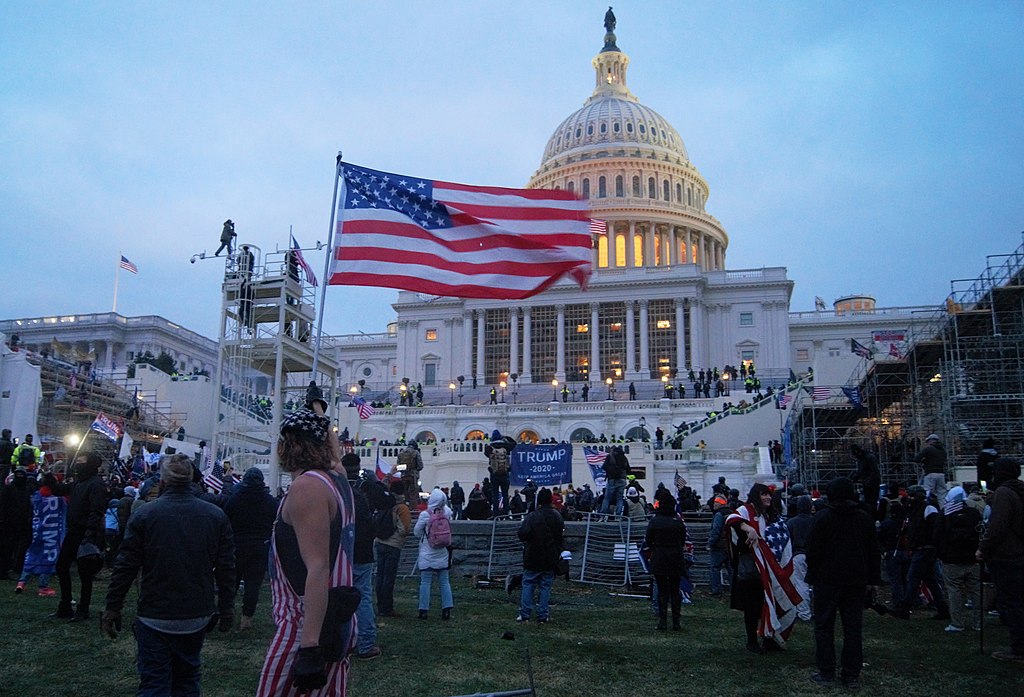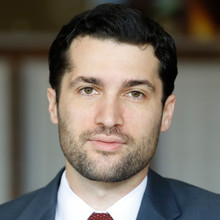What Counterman Means for Prosecuting Trump Over Jan. 6

Published by The Lawfare Institute
in Cooperation With

Earlier today, the Supreme Court issued its opinion in Counterman v. Colorado, holding that when a defendant is prosecuted for communicating a violent threat, the government must establish that the defendant understood, even if they did not specifically intend, that their communication would likely be perceived as threatening. Counterman is an important First Amendment decision generally, but for our purposes here at Lawfare, it is most interesting for what it signals about the viability and probability of a prosecution of former President Donald Trump for inciting the Jan. 6 attack on the Capitol.
In short, it just got meaningfully less likely.
Writing for the majority, Justice Kagan steered a middle ground on what the First Amendment requires for "true-threats cases" like the government's prosecution of Billy Counterman for repeated harassing and disturbing Facebook messages to a local musician. On the one hand, she rejected the government's position, which was supported by a dissent written by Justice Barrett and joined by Justice Thomas, that a true-threats prosecution need only establish that the defendant's communication was reasonably perceived by the recipient as threatening. On the other hand, Kagan also declined to take up the suggestion made by Justice Sotomayor in her concurrence (joined by Justice Gorsuch) that the government be required to establish that the defendant specifically intended to communicate a threat. Rather, Kagan held that it is enough that the defendant knew that the communication could be reasonably perceived as threatening—that is, that the defendant was reckless in making the threat.
What all nine Justices did agree on, however, was that prosecutions for inciting violent or lawless action—a different crime than issuing threats—do require establishing specific intent, not just recklessness (see the majority opinion at page 13, Sotomayor's opinion at 16–18, and Barrett's opinion at 7). As Kagan explained, an intent requirement for incitement prosecutions is “a way to ensure that efforts to prosecute incitement would not bleed over, either directly or through a chilling effect, to dissenting political speech at the First Amendment’s core.” And while this part of the opinion is, technically, dicta—nonbinding because it is not strictly necessary to decide the legal question at issue (the requirements for true-threats prosecutions)—the explicitness with which the majority opinion not only addresses but announces the intent requirement, taken with the unanimous agreement it garnered on the Court, is a good indication that it should be taken as authoritative.
Counterman, therefore, will have an important effect on any future prosecution of Trump for inciting the Jan. 6 attack on the Capitol. As Jed Shugerman and I have argued both in Lawfare and at greater length elsewhere (soon to be updated to take into account the Counterman decision), the combination of Trump's inflammatory "Stop the Steal" speech along with actions like ordering the removal of the magnetometers that kept the crowd from getting closer to him and, after the speech, commanding the Secret Service to take him to Capitol, provides a basis for prosecuting him for insurrection consistent with the First Amendment's limitation on incitement prosecutions.
But until today it was unclear whether the government would have to establish that Trump specifically intended the violence that occurred or whether he was merely profoundly reckless as to the possibility of that violence. After Counterman, no responsible prosecutor—certainly not special counsel Jack Smith—will bring an indictment against Trump unless they feel confident that they could prove, beyond a reasonable doubt, that at least part of what motivated Trump to speak and act the way he did on Jan. 6 was a desire to see his supporters forcefully disrupt the certification of the electoral college vote.
To be sure, this is not an insurmountable evidentiary burden. Trump did, after all, urge his supporters to “fight like hell,” and he did try to make it easier for an armed, angry crowd to get closer to his rabble-rousing speech. But specific intent is, by definition, harder to prove than recklessness. And, in the absence of smoking-gun evidence—for example, Trump being caught on tape telling someone that he was trying to start a riot—the prosecution would need to convince the jury that Trump’s action establish, beyond a reasonable doubt, his specific intent to cause violence rather than simply put pressure on his congressional allies or stroke his own ego.
It's easy to imagine this added burden as the determining factor in the decision of whether or not to bring a prosecution that would be even more high-stakes than Trump’s current Mar-a-Lago indictment.
Indeed, as I was reading Counterman, the explicitness with which all three principal opinions underscored the intent requirement for incitement prosecutions felt almost like a cautionary signal to the Department of Justice. There is of course no indication that the Justices, either collectively or individually, are trying to backchannel. But the Justices follow the news just like the rest of us, and it’s not hard to imagine that, in the back of their minds, they’re taking advantage of an opportunity to discourage creative prosecutorial legal theories and clarify the high bar they expect an incitement prosecution to meet, whether of Trump or anyone else. Whatever their intentions, the implications of Counterman will no doubt be apparent to the special counsel.


.png?sfvrsn=48e6afb0_5)


